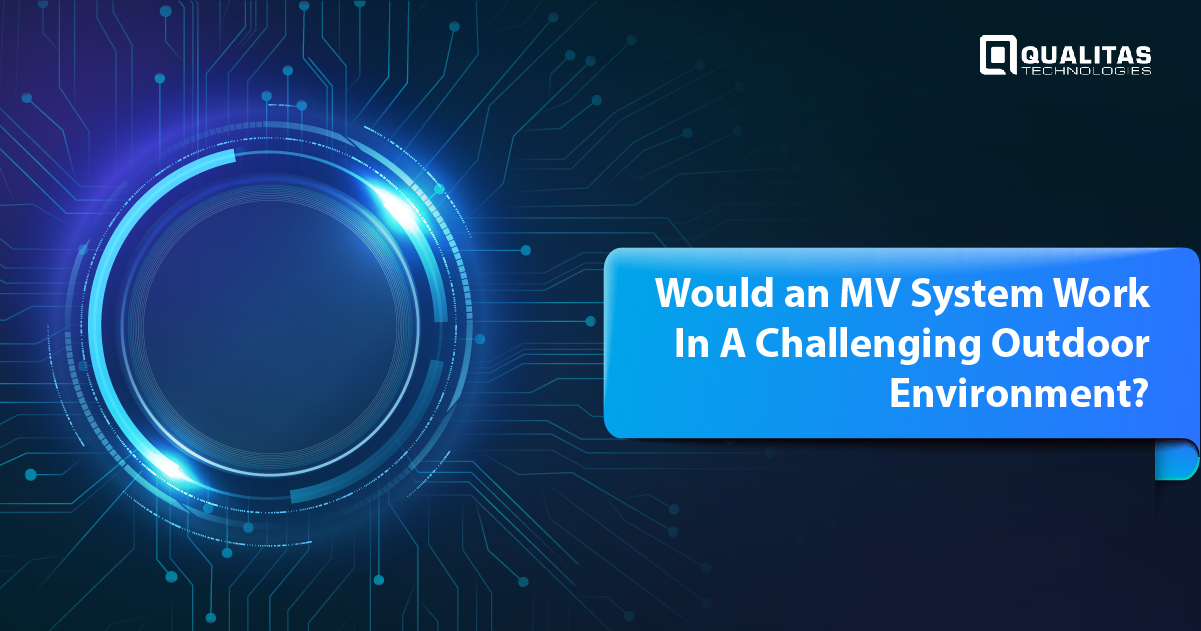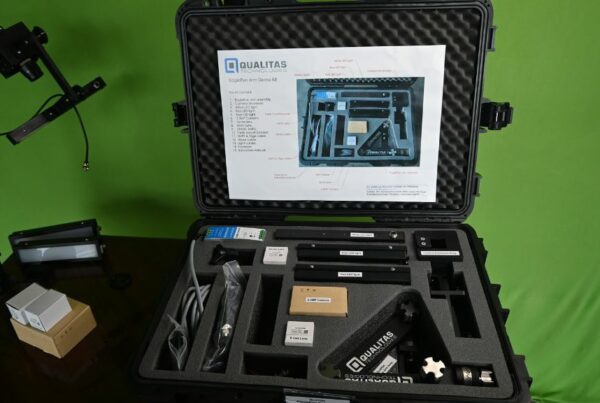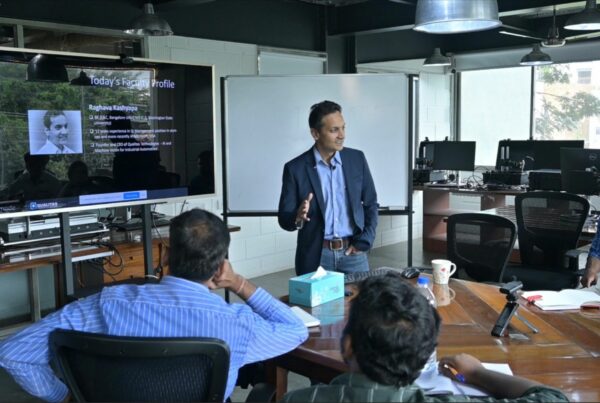
Introduction
The impressive capabilities of machine vision are being appreciated and leveraged across the world. However, it’s no secret that the vision system’s reliability heavily depends on the performance of the image acquisition systems and that harsh conditions can severely affect its accuracy. There is a long list of hazards that vision systems might face in field applications. Let’s now dive directly into what the major risks are and how they can be dealt with.
What are the Challenges in the Outdoor Environment?
Major challenges to the performance of a machine vision system in a harsh or outdoor environment are the following:
- Temperature control
The main challenge for imaging application is the proper dissipation of the generated heat. Components of machine vision in high temperatures might become hot enough to cause equipment failure. Ideally, the electronics should be kept below 50 degrees Celsius.
- Exposure to water
Exposure to water or other fluids can damage the accuracy of a vision system severely and might even lead to short circuits in the electronics. These fluids might also damage the lenses by harming coatings. Resolution and light transmission might also be impaired due to the condensation of fluids. For example, underwater vision applications need proper protection from water.
- Vibration and shock
For instance, in lumber processing, threats to the performance of the imaging equipment are vibration and particulate sawdust. Vibration and shocks can lead to several failures like alteration in the imaging lens’ focus, misalignment, joint and connection failures.
Importance of IP Ratings
IP ratings are not some random combination of characters. The IP rating (International Protection rating or sometimes interpreted as Ingress Protection Rating) consists of the term “IP” followed by two numbers and an optional letter. These ratings defined in international standards are used to specify the levels of sealing effectiveness against the intrusion of solid objects, dust, water, and accidental contact in machine vision enclosures.
The numbers that follow IP have a separate, specific meaning. The first indicates the protection of the enclosed equipment from foreign bodies as well as the degree of protection of people from moving parts. The second specifies the degree of protection of the enclosed equipment from different forms of moisture, such as drips and sprays.
For example, the IP65 enclosure is rated as “dust tight” and protected against water projecting out from a nozzle. The IP66 enclosure provides the same resistance against dust but is also protected against powerful jets of water. Another standard is the ATEX (abbreviation of Explosive Atmosphere). ATEX-approved equipment is certified safe for use in hazardous and explosive atmospheres.
Custom or Standard Machine Vision Enclosure for Hardware
A common solution to protecting the machine vision inspection equipment is the use of enclosures. The standard machine vision enclosure designs fulfill most of the camera and light packaging requirements. However, there are times when it is necessary to modify the standard enclosures to meet specific demands. There might also be a need to design an entirely new machine vision enclosure. Some companies, such as the Allison Parker Group (APG), can help you get a suitable enclosure for your application. Essential features such as plating and anodization required for protection in harsh environments are retained, while other features such as viewports and mounting plates are modified to achieve the requisite customization.
Although this solution greatly enhances protection, it also increases the size of the imaging system, making it unviable for environments with space constraints. Another issue is that enclosures might degrade the optical performance due to the added optical surface.
How to Make Machine Vision Systems Ready for Challenging Outdoor Conditions?
Firstly, what should be the choice of camera for outdoor inspection? Typical surveillance cameras or CCTV cameras can be used to monitor uncertain changes in the outdoor environment. Now, Industrial cameras are the kind that is adapted to work under adverse conditions such as high pressure or temperature. These cameras are reliable and accurate when it comes to fixed production lines.
Machine vision components can be developed to withstand the rigors of a harsh environment. This approach eliminates the need to replace damaged parts continually or build an enclosure and thus, leads to lower costs and maintenance time. Let’s now understand the standard techniques to address each environmental challenge:
- High Temperature
Heat sinks are used in conjugation with fans for better dissipation and circulating cool air through the system. Heat sinks are most suitable, given that the necessary space is available. In the case of image sensors, the camera body can be designed to act as a heat sink. The above measures will protect the components of machine vision in high temperatures.
- Exposure to water
For incident fluids like the rain, merely deflecting the water might be an adequate measure. However, for submersion, high humidity or pressure spray, watertight seals might be necessary. Two common ways of providing watertight seals are using adhesives and gaskets. System designers should also consider the IP rating to ensure that the lens can tolerate the expected environmental conditions.
Quite recently, the use of Generative Adversarial Networks or GANs for removing precipitation from images has gained prominence. With GANs, machines learn by completing tasks, and they are used to generate images that humans find visually realistic.
- Vibration and shock
One solution is the use of damping material. It can be placed at the mounting points to reduce the transmission of shock from one point to another. For the focusing lenses, special damping grease is available to reduce the movement. Locking screws are also a way to prevent the movement of the optical system elements due to vibration or shock.
Conclusion
In this blog post, we discussed the importance of cameras and the issues faced by machine vision in challenging conditions. Next, we understood the importance and relevance of IP ratings. Standard and custom enclosures are another solution to protecting the imaging equipment. Finally, we discussed the standard techniques to making a machine vision system ready for harsh, outdoor conditions.





